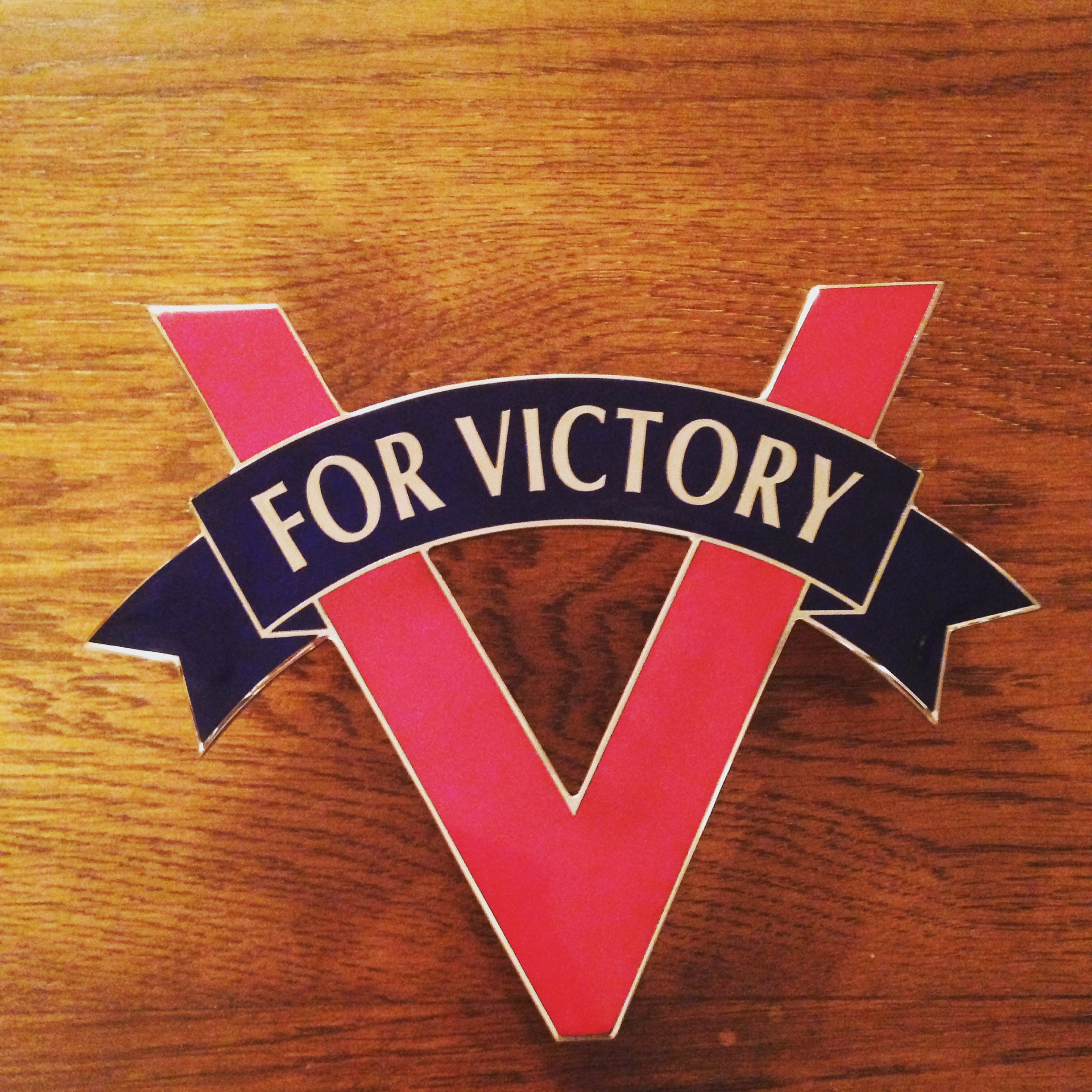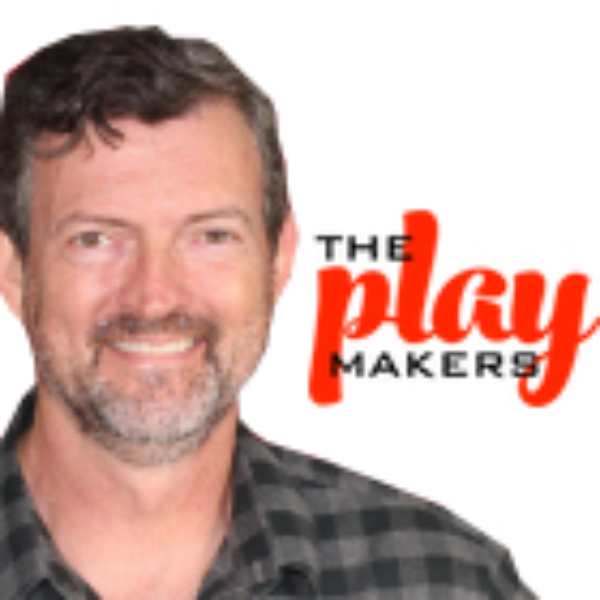In order to be a winner in thinking differently, it is important to remember some basic guidelines. If you can include these, you’ll have a VICTORY!
V stands for Vision:
Some people like to focus on the end result. They have a vision of what they want to create. They are comfortable letting their goals be their guide. They can provide a team with direction, inspiration and momentum. They emphasize Visioning.
People who favor the Visioning Style trust their instincts and like to make decisions. They seek solutions that focus on maximizing potential rather than focusing on what has gone on in the past. Driven by their long-term goals and their organization's mission, they solve problems by relying on their vision of the future to guide them. This style is characterized by people who are persistent, determined, hardworking, and visionary.
How does the Visioning Style support Innovation?
1. By providing the "big picture" and long-term direction.
2. By focusing on the vision / goal even as the path to get there is uncertain.
3. By being in touch with what people really want.
What can drive the Visioning Style crazy?
1. Not having an opportunity to dream;
2. Implementation details;
3. Focusing on the obstacles.
The I in VICTORY stands for Inclusion:
Inclusion is about ALL of us
Inclusion is about living full lives - about learning to live together.
Inclusion makes the world our classroom for a full life.
Inclusion treasures diversity and builds community.
Inclusion is about our 'abilities' - our gifts and how to share them.
Inclusion is purely and simply about CHANGE. It is frightening - and exciting. The rewards are many. It will be and is hard and often emotionally draining work. Erik Olesen in his book 12 Steps to Mastering the Winds of Change says, "the mediocre resist change, the successful embrace it." We must invite success for inclusion and thus embrace change with all our hearts and souls. We must build strong teams to support one another. What we need to develop are creative design teams that meet every problem with the same spirit found in the corporate sector. Let's borrow the lines from people who sell devices, running shoes and hair color- their slogans: Think Different! JUST DO IT! and Because You’re Worth It! These are messages we can adopt for our own work!!
The C in VICTORY stands for Charisma:
The Charismatic Leader gathers followers through personality and charm, rather than any form of external power or authority.
It is interesting to watch a Charismatic Leader 'working the room' as they move from person to person. They pay much attention to the person they are talking to at any one moment, making that person feel like they are, for that time, the most important person in the world.
Charismatic Leaders pay a great deal of attention in scanning and reading their environment and are good at picking up the moods and concerns of both individuals and larger audiences. They then will hone their actions and words to suit the situation.
Charismatic Leaders use a wide range of methods to manage their image and, if they are not naturally charismatic, may practice assiduously at developing their skills. They are very persuasive and make very effective use of body language as well as verbal language.
Deliberate charisma is played out in a theatrical sense, where the leader is 'playing to the house' to create a desired effect. They also make effective use of storytelling, including the use of symbolism and metaphor.
So, at your next team meeting, practice working the room. Make eye contact and really pay attention to the people you meet.
Working the room exercise:
· Introduce yourselves normally
· Introduce yourselves like you have a secret crush on them
· Introduce yourselves like they have bad breath
· Introduce yourselves like you just realized they are a long-lost family member
The T in VICTORY stands for Teamwork:
Definition: A cooperative or coordinated effort on the part of a group of persons acting together as a team or in the interests of a common cause. See what the website The Balance Careers says about teams:
- The team understands the goals and is committed to attaining them. This clear direction and agreement on mission and purpose is essential for effective teamwork.
- The team creates an environment in which people are comfortable taking reasonable risks in communicating, advocating positions, and taking action. Team members trust each other.
- Communication is open, honest, and respectful. People feel free to express their thoughts, opinions, and potential solutions to problems. People feel as if they are heard out and listened to by team members who are attempting to understand. Team members ask questions for clarity and spend their thought time listening deeply rather than forming rebuttals while their coworker is speaking.
- Team members have a strong sense of belonging to the group. They experience a deep commitment to the group’s decisions and actions. This sense of belonging is enhanced and reinforced when the team spends the time to develop team norms or relationship guidelines together.
- Team members are viewed as unique people with irreplaceable experiences, points of view, knowledge, and opinions to contribute. After all, the purpose for forming a team is to take advantage of the differences. Otherwise, why would any organization approach projects, products, or goals with a team? In fact, the more that a team can bring out divergent points of view, that are thoughtfully presented and supported with facts as well as opinions, the better.
- Creativity, innovation, and different viewpoints are expected and encouraged. Comments such as, "we already tried that and it didn't work" and "what a dumb idea" are not allowed or supported.
- The team is able to constantly examine itself and continuously improve its processes, practices, and the interaction of team members. The team openly discusses team norms and what may be hindering its ability to move forward and progress in areas of effort, talent, and strategy.
- The team has agreed upon procedures for diagnosing, analyzing, and resolving teamwork problems and conflicts. The team does not support member personality conflicts and clashes nor do team members pick sides in a disagreement. Rather, members work towards mutual resolution.
- Participative leadership is practiced in leading meetings, assigning tasks, recording decisions and commitments, assessing progress, holding team members accountable, and providing direction for the team.
- Members of the team make high quality decisions together and have the support and commitment of the group to carry out the decisions made.
The O in VICTORY stands for Openness:
Openness is an overarching concept or philosophy that is characterized by an emphasis on transparency and free unrestricted access to knowledge and information as well as collaborative or cooperative management and decision making rather than a central authority.
The R in VICTORY stands for Resources:
The definition of resources is: An economic or productive factor required to accomplish an activity, or as means to undertake an enterprise and achieve desired outcome. Three most basic resources are land, labor, and capital; other resources include energy, entrepreneurship, information, expertise, management, and time.
· What are other resources in our work? Where might we find other resources?
And, last but not least in our VICTORY acronym is “Yes, and…”
One of the basic tenets of improv comedy is known as “Yes, and…” It’s a protocol that allows for anything to happen, and it goes like this: No matter what your fellow actors present to you, instead of negating it, belittling it, or disagreeing with it, your job is to say, “Yes, and…” Accept the scenario as it’s presented to you (regardless of where you wanted it to go), and then to add to it. Volley back with something your fellow players can respond to.
Most of us say “No” a lot. We have to. Our energy is limited. In order to get things done, we have to be choosy about how best to utilize our time.
Letting go means less ego. In meetings and team scenarios, we naturally want to hoard control. We care about being right. We think that saying “No” to others gives our own opinions weight. The practice of saying “Yes, and…” inserts a bit of distance between my brain and my ego and helps me hear other perspectives with openness.
Openness yields unintended and positive returns. This type of open, positive approach to disagreement or conflict is a catalyst. It’s amazing how people respond when you listen and give their opinions credence. It’s a softening mechanism. It’s such an easy thing to do, with big and unintended returns.
Building awareness forces you to reevaluate. It is remarkable and a little disheartening to note how often my first reaction to things is “No”. Am I really that negative? Saying “Yes, and…” forces me to notice and reevaluate the reflexive No’s in my life.
Each moment is a tiny explosion of possibility. The practice of improvising my life is a reminder that each moment is a tiny choice. I’m responding or reacting to what comes at me every minute and every second of the day. There’s possibility inherent in literally every single moment. It’s intense. Those small moments add up to a lifetime of VICTORIES!
--gert--
Recent Blogs
Recent Blogs

Biographies and Interviews
Catching up with Eric Olsen, The Inventor of Flip 7 and Co-Creator of Messy Table Games

Reviews
Book Review: Happytecture by Anna Devís & Daniel Rueda

Biographies and Interviews
From Stage Lights to Game Nights: McMiller’s David & Julian on Shark Tank (Dec 10th), Viral Success & Building a Business With Your Husband
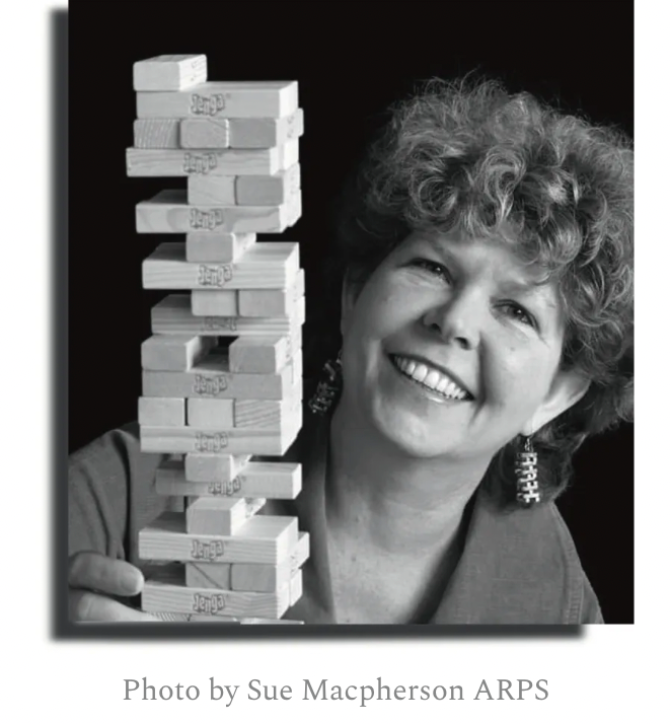
Press Release
Leslie Scott (creator of Jenga) announces the launch of BOUNDLESS PLAY

Press Release
New Study Highlights the Importance of Shopping from Trusted Toy Brands & Retailers this Cyber Monday
See more
Recent Wiki

BOOK REVIEWS
Toy Review: Monster Jam Smash & Bash Grave Digger Monster Truck

BOOK REVIEWS
Toy Review: Marshall's Rapid Rescue Fire Truck
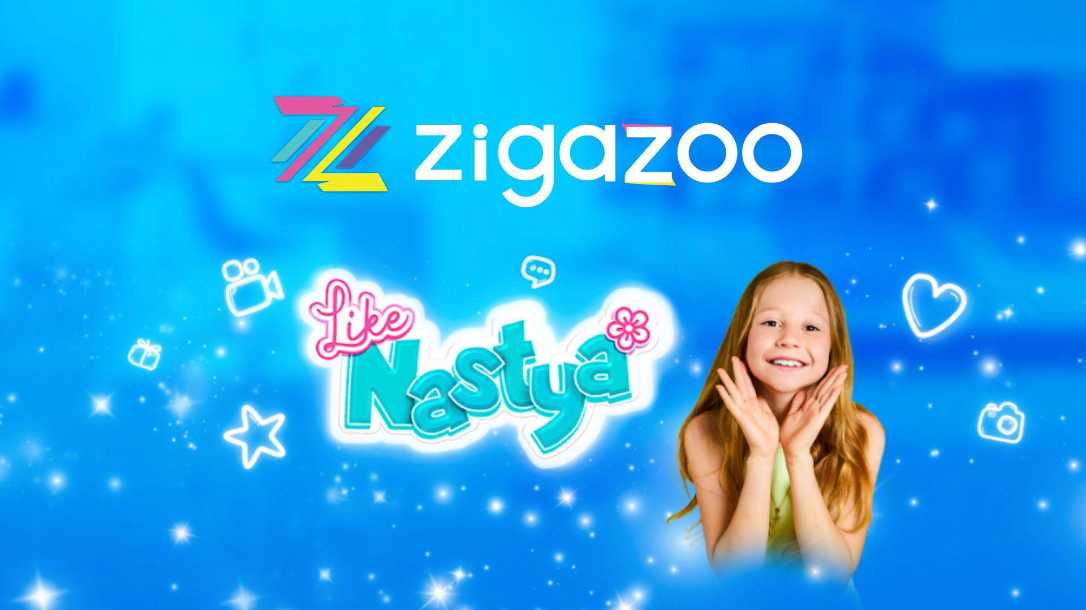
COMPANIES
Zigazoo Secures Partnership with YouTube Star Like Nastya to Inspire Millions of Kids
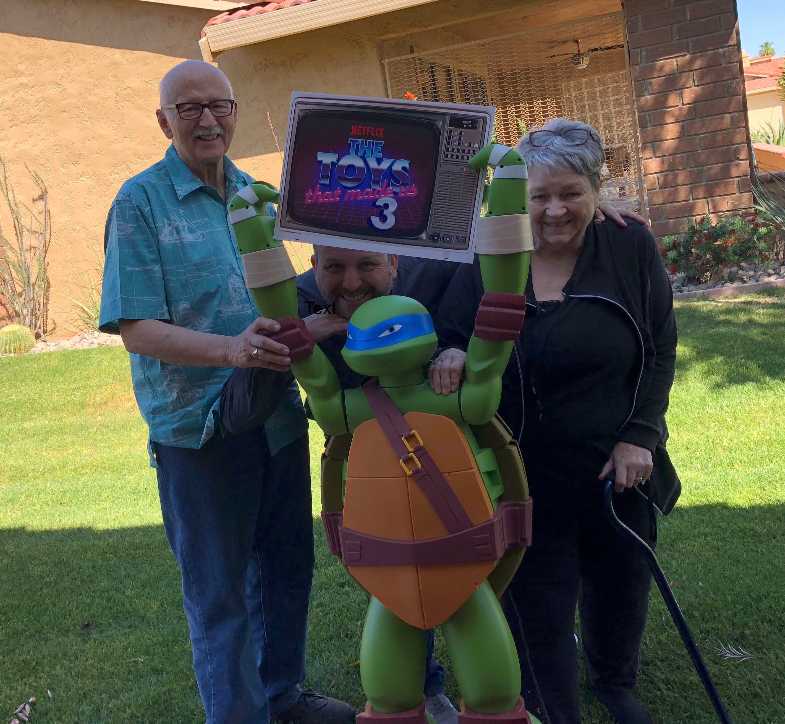
PEOPLE
A Legacy of Play: Inside the Carlson Family’s Multi-Generational Journey Through the Toy Industry
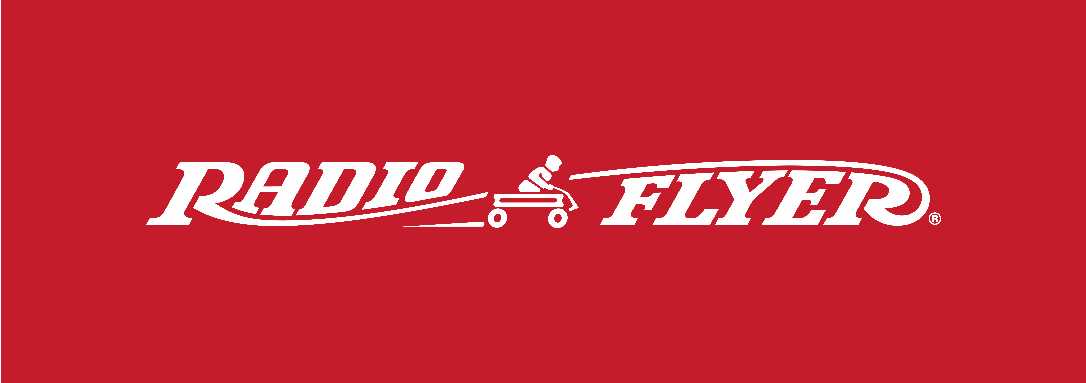
COMPANIES
Radio Flyer Studios Announces the Launch of its First Original Animated Series, Max & Maple: The Can-Do Kids
See more
POP's Got Talent

POP Entertainment
Randy Klimpert Shares his Ukulele Collection

POP Entertainment
Steve Casino Peanut Art

POP Entertainment
Everyone's Talking about POP!

POP Entertainment
Princess Etch - a Multi-Talented Etch A Sketch Artist

POP Entertainment
Joseph Herscher of Joseph' s Machines.
See more
Recent POPcast

Hidden Role: The Brains Behind your Favorite Games
Connie Vogelmann designed Apiary & Wyrmspan!

Hidden Role: The Brains Behind your Favorite Games
Bob Fuhrer... Is THE Crocodile Dentist!

Hidden Role: The Brains Behind your Favorite Games
Tom Dusenberry... Bought Atari, Wizards of the Coast, and Avalon Hill!

Hidden Role: The Brains Behind your Favorite Games
Matt Leacock created Pandemic... the game!

Hidden Role: The Brains Behind your Favorite Games
Scott Brown and Tim Swindle... are Launching a New Sport!
See more
POPDuos

POPDuos: Interviews with Legends and Leaders
POPDuo: Richard Dickson, Mattel’s President & COO, and Kedar Narayan, Young Inventor Challenge AMB

POPDuos: Interviews with Legends and Leaders
POPDuo: Will Shortz and Josh Wardle

POPDuos: Legends and Leaders Explore Creativity
POP Duo: Elan Lee, Co-Founder, Exploding Kittens.and Jeff Probst, Host and Exec Producer, Survivor

POPDuos: Legends and Leaders Explore Creativity
POP Duo: David Fuhrer, MNG Director, Blue Sq Innovations & Shawn Green, past Dodgers & Mets MLB Star

POPDuos: Legends and Leaders Explore Creativity
POP Duo: Bob Fuhrer, Founder, Nextoy and Tom Fazio, Golf Course Designer
See more




